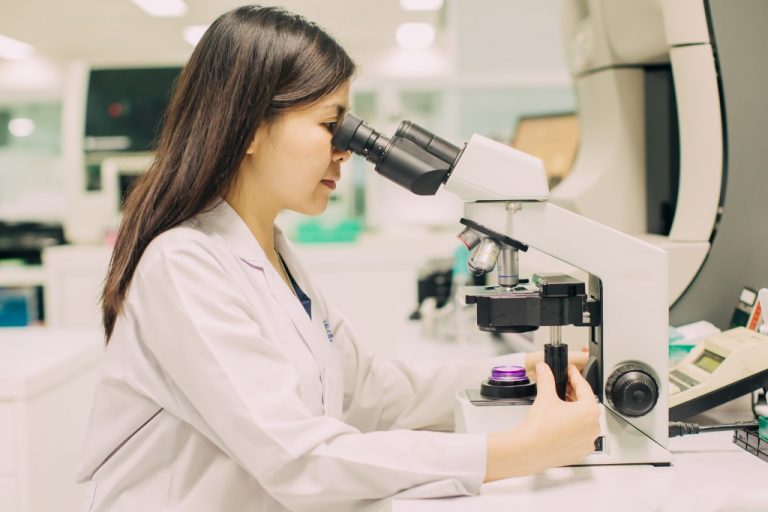A good chunk of an average laboratory’s equipment needs to stay on 24/7. As a result, labs need as much as five to ten times more energy per square foot than other types of buildings. While a lot of lab equipment can’t be turned off to save energy and reduce emissions, there are still ways to reduce their energy consumption.
1. Update equipment
Equipment that is too old or outdated is likely to consume more energy than necessary. If it has been decades since the equipment has been replaced, facilities should consider getting newer, more energy-efficient models from trusted suppliers of laboratory equipment.
2. Keep the sash shut
When the sashes of fume hoods are left open, they draw more cooled or heated air from the lab. This makes the HVAC system work harder to cool or heat the room, which, of course, results in higher energy costs. Laboratories should employ a strict policy about keeping sashes shut, not only to reduce energy consumption but also to keep everyone in the lab safe.
3. Be strict with the maintenance schedule
 Poorly-maintained lab equipment can consume more energy than they need to, like a refrigerator with seals that are barely hanging on. To avoid wasting any energy, facilities should follow a strict maintenance schedule for their lab equipment.
Poorly-maintained lab equipment can consume more energy than they need to, like a refrigerator with seals that are barely hanging on. To avoid wasting any energy, facilities should follow a strict maintenance schedule for their lab equipment.
Regular preventive maintenance can help extend the lifespan of equipment and maintain their energy-efficiency at the same time. Moreover, periodic inspection will help lab managers fix problems as they arise.
4. Turn off when not in use
A lot of equipment in the lab has to stay on all the time, but there are still some that can be turned off when not in use. Labs can rid of “vampire energy,” or the electricity that is consumed when something is turned off but still plugged in, by enforcing a “turn off when not in use” rule. The same goes for lights, computers, and monitor screens.
5. Use timers when possible
Some lab equipment doesn’t have to stay on for 24 hours of the day. For these types of equipment, lab techs should use the timer feature to eliminate unnecessary energy use.
6. Turn on the sleep mode setting
Setting computers on sleep mode can also help reduce electricity use. But at the end of the day, they need to be shut down to avoid consuming energy overnight.
7. Get everyone on board
The only way laboratories can effectively save energy is if occupants are educated about how to do it. It can take a lot of getting used to for people to practice energy-saving strategies. Still, labs can speed up the process by holding a brief seminar or distributing information pamphlets.
8. Follow the optimum ventilation rates
The ideal ventilation rates will differ from lab to lab. Facilities optimize theirs and find the right-sized ventilation rates by assessing all laboratory processes.
Laboratories consume a lot of energy, but owners can still reduce energy consumption by following these tips. Keep these tips in mind and use all the information and help you can get.

